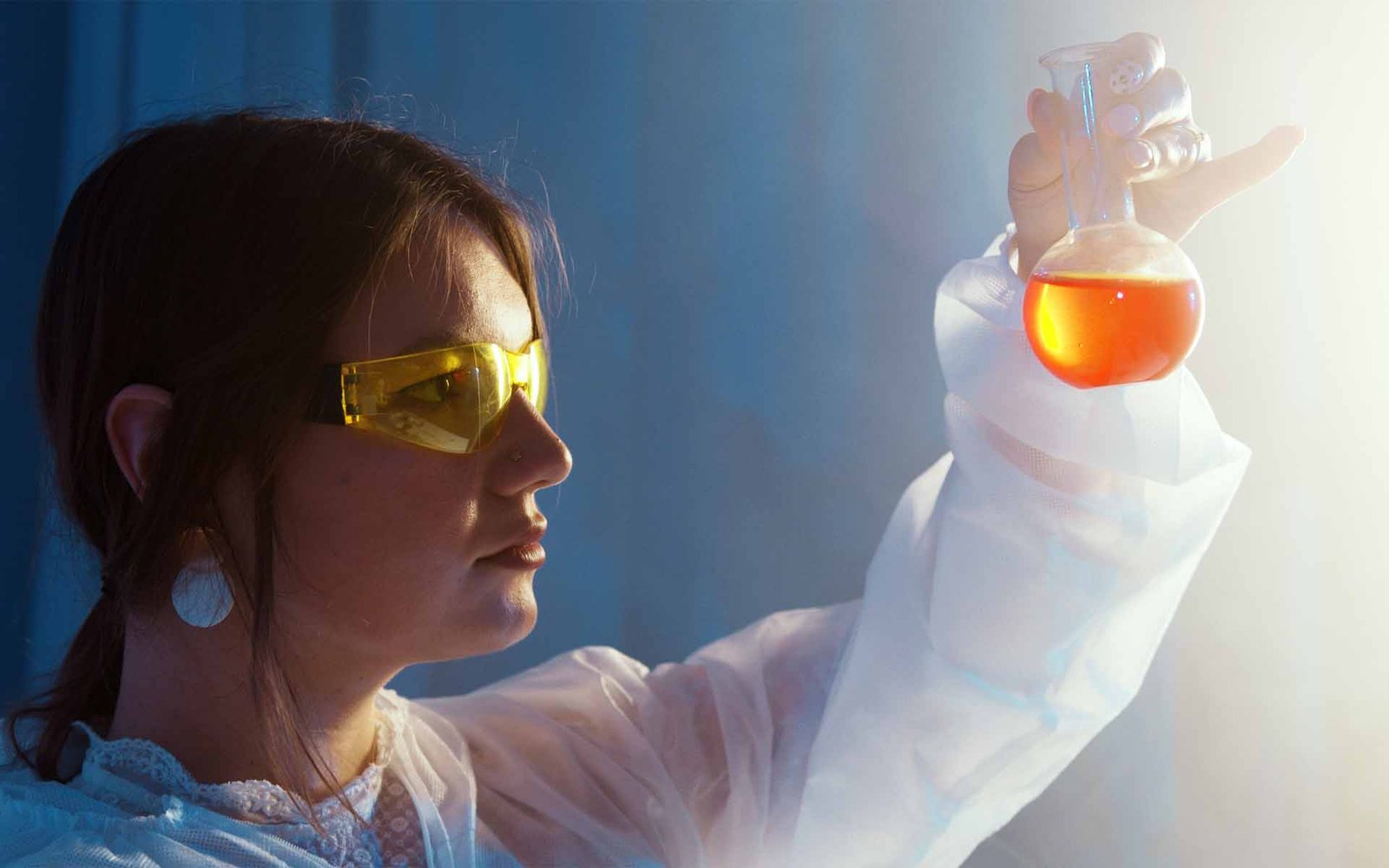Chemical stability of species is of interest to chemists because the relative stability of compounds affect the relative equilibrium constants of reactions, as well as the relative reaction rates of chemical reactions via the stability of reaction intermediates affecting the energy of transition states. Thus, chemical stability has implications for both the thermodynamics and kinetics of reactions, affecting the application of chemistry in the real world, where both rates of reaction and product yield are of great interest to industrial chemists. This article would take a look at the factors influencing the energetic stability of chemical species, and attempt to categorise these factors.
Perhaps it is useful to group the factors affecting chemical stability under two main categories: stabilising interactions, and destabilising interactions. This is much like the classification of “push” and “pull” factors under human geography. In this model, stabilising interactions “pull” molecules into a certain stable conformation, while destabilising interactions “push” molecules away from less stable conformations. This makes good physical sense, since when there exists a potential gradient, a force will exist directing the system towards the state of lower potential energy. Under kinetic control, this will result in the molecule reaching a local energy minimum, while under thermodynamic control, the molecule would be more likely to reach the global energy minimum, as the higher temperatures allow molecules to more easily gain the energy to “escape” a local potential well.
Let us first look at stabilising interactions. Using a classical model of bonding, intramolecular interactions are essentially electrostatic in nature. Hence, stabilising interactions within a molecule would come in the form of stabilising electrostatic attraction between the electron density of the molecule and the positive potential field of the nuclei. A good example would be the stabilising effect of intramolecular hydrogen bonding; the partially positively charged hydrogen atom attracts the partial negatively charged electron cloud of the hydrogen bond donor atom, and this sharing of electrons results in a movement down the potential energy gradient, stabilising the molecule.
The idea of electrostatic attraction providing stabilisation to molecules actually forms the basis of several chemical trends, such as Bent’s Rule. Bent’s Rule states that when forming bonds with more electropositive substituents, an atom “prefers” to use orbitals with higher s character. The rationalisation of this rule lies in this: in bonds formed between a central atom and electropositive atoms, the bonding pair of electrons will be more stable if it is closer to the central atom, and using a less diffuse orbital with greater s character (which is closer to the nucleus) to accommodate this bonding pair of electrons stabilises the molecule by increasing the electrostatic attraction between the central atom and the bond pair.
In molecular orbital theory, stabilising interactions are depicted as the lowering in energy of the bonding molecular orbital resulting from the interaction between two orbitals. An example of such a stabilising interaction would be hyperconjugation interactions stabilising alkenes. We learnt Zaitsev’s Rule in school, stating that the more substituted alkenes are more thermodyamically stable. The reason for this is due to a stabilising interaction between the π* orbital of the C=C bond and the σ orbital of an adjacent C-H bond, as shown in the simple MO diagram below.
This is by no means an isolated example. Stabilising molecular orbital interactions account for the stability of species such as the allyl radical, the tertiary carbocation, et cetera. In general, it can be said that the interaction between an empty orbital and a fully filled orbital (or between two half-filled orbitals) would have a stabilising effect, as the two electrons would occupy a bonding molecular orbital with a lower energy. Stabilising orbital interactions are also the basis for resonance stability in cyclic aromatic compounds, with the occupation of delocalised bonding MOs arising from the linear combination of the p atomic orbitals stabilising the molecule.
Now, let us take a look at destabilising interactions which molecules wish to “avoid”. Again beginning with a simplified classical model, these destabilising interactions can be thought of as interelectronic repulsion, with molecules seeking to reduce this repulsion. This explains the chair conformation of cyclohexane. In the planar conformation, the eclipsed C-H bonds repel one another, while in the boat conformation, the flagpole hydrogens similarly repel each other. This results in the destabilisation of these conformations relative to the most stable chair conformation. The idea of destabilising electrostatic repulsion is also behind the reason why only Period 3 elements onwards are able to exhibit hypervalency, with the larger valence orbital sizes allowing the bonds formed to be further away from one another thus reducing destabilising repulsion.
In molecular orbital theory, steric repulsion can be represented by destabilising interactions between filled orbitals. Let us look again at the example of eclipsed C-H bonds on adjacent carbons. We can think of this as an interaction between the filled σ MOs of the two C-H bonds:
The antibonding MO is “more antibonding” than the bonding MO is “bonding”, due to the result of quantum mechanical calculations (attempts have been made to rationalise this qualitatively, but is beyond the scope of this essay). As such, the interaction between the filled MOs results in an overall raising of the energy of the molecule. This results in the molecule adopting a conformation minimising such torsional strain.
Of course, this classification between “stabilising” and “destabilising” interactions is an arbitrary one. Stability is a relative phenomenon, and must be compared to some other state. In the cases above, it is the hypothetical scenario of the orbitals in question being non-interacting. In any meaningful analysis though, the various conformations of a molecule must be analysed mathematically to determine which is the most stable conformer under a certain set of conditions.
The above discussion covered mainly electrostatic effects on molecular stability. However relativistic effects do also affect the stability of chemical species. A good example of relativistic effects influencing chemical stability would be for heavy metals like Hg and Au. Mercury is an interesting example, with the Hg₂2+ being more stable than Hg+ at room temperatures and pressures. This is because for mercury, the high positive charge of the nucleus results in electrons moving at high velocities, resulting in relativistic contraction of the valence 6s orbital of mercury. Hence, the 6s orbital of the Hg+ ion is relatively compact, allowing for effective orbital overlap for the formation of the sigma bond in the Hg₂2+ ion. This illustrates how special relativity is also a factor affecting the stability of certain chemical species.
Concluding, electrostatic factors are the predominant factors affecting the stability of chemical species, and it can be further broken down into stabilising and destabilising electrostatic interactions between the molecular orbitals of a molecule. From this we witness a brilliant diversity of chemical phenomena, from hyperconjugation to backbonding, explaining observations from aromaticity to the anomeric effect.









